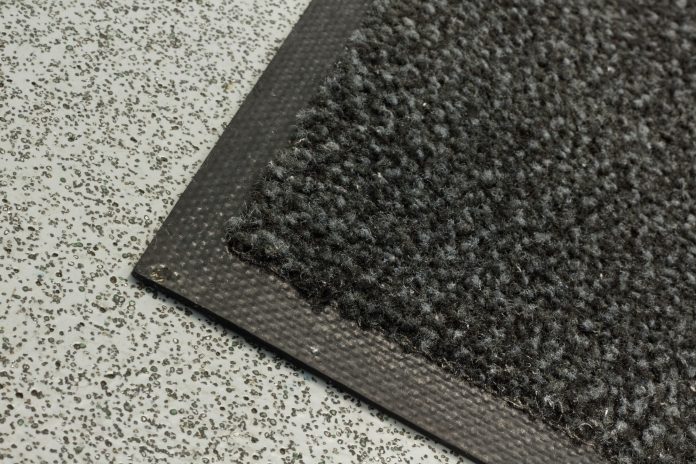
Mats are a necessary installation in commercial settings. While most business owners choose mats to help create a more professional and welcoming look in business premises, floor mats are integral to protecting and maintaining commercial floors. At the same time, others mats are also used to protect people from industry-specific risks.
Shopping for commercial matting can be confusing. This article shares four essential considerations to help you choose the right commercial mat.
- Provider
The provider is one of the most important things you should consider when choosing commercial matting. While you purchase floor mats in various places, such as furniture stores and flooring companies, your best bet is to find a reputable company specializing in all things mats and carpets, like Mats Direct at matsdirect.co.uk.
The best carpet and floor mat company carry a large, varied matting selection for residential and commercial applications. Regardless of the nature of your commercial building and your specific needs, working with a specialized carpet and matting company can provide expert solutions and recommendations to improve the appearance and safety of your workplace. They can also offer extra services such as matting installation and maintenance to ensure the ultimate convenience.
- Type
When shopping for commercial matting, you’ll face several types. Depending on the intended application and placement, you’ll need various kinds of mats for your commercial setting. Here are some of the different types of commercial mats you should know:
- Entrance Mats
From its name, entrance mats are placed in your commercial property’s entryways. They are the first line of defense in your soil control program. Entry matting is typically inside and outside a building entryway. They have several pattern features, such as ribbed or waffle, to improve dirt collection from shoes.
- Scraper Mats
A more specific type of entrance mat, a scraper mat, is heavy-duty and typically made of rubber. It’s often placed outside a commercial property entrance or in a facility with an air gap or vestibule. This mat helps scrape dirt and debris off shoes and may also absorb moisture. Scraper mats also feature increased traction to minimize the risk of falls and workplace injuries due to humidity or wet outdoor environments.
- Wiper Mats
In general, wiper mats are used in conjunction with scraper mats. They are typically installed inside the entryway to commercial properties to trap dirt particles and absorb water.
- Anti-Fatigue Mats
A specialized commercial mat, anti-fatigue mats are designed to reduce fatigue when standing for long periods on a hard surface. These mats feature a layered design that allows controlled compression when used. Due to their ‘squishy’ and soft nature, anti-fatigue mats can stimulate the feet and legs when stepped on.
In general, anti-fatigue mats are suitable for areas in your property where employees are expected to work on their feet for extended periods, including laboratories, school cafeterias, restaurant kitchens, and behind retail counters.
- Drainage Mats
A drainage mat is often made of rubber and features slots or holes that allow liquids to pass through easily. These mats help channel water toward the floor and keep the walking surface dry, increasing safety. Drainage mats are critical in areas where workers need increased slip and fall protection, including restaurant kitchens and supermarkets’ fresh meat and seafood sections.
- Anti-Static Mats
An anti-static mat is commonly used in computer labs and office environments where computers and other electronic devices are installed. This commercial matting minimizes the risk of electrical shock and static discharge.
Choosing your floor mats starts with learning which choices you have, understanding what each type of mat does, and ultimately how it can benefit your establishment’s specific needs.
- Budget
Depending on your needs, commercial floor matting can be a significant expense, especially for small businesses. As such, you also need to consider your budget.
Knowing how much you can afford can directly impact several buying factors, including the type of carpet, size, and installation. Having a realistic budget for how much you spend on your business’s matting can help narrow down your options.
- Length And Size
When choosing a commercial floor mat, especially for entryways, the right size and length are essential factors you should consider. It would be best to have enough mats to remove optimum moisture and dirt.
Before entering commercial buildings, most people don’t wipe their feet on entrance mats. Thus, you want a long mat to allow moisture and debris to wipe off as people walk. When choosing a mat size other than for entryways, you should consider the area of its use. You can easily cut and customize floor mat sizes according to the installation area.
Takeaway
Commercial mats mean business, bringing décor value while helping your flooring meet the demands of your everyday operations. Whether shopping for commercial matting for the first time or looking for a replacement, considering the above factors can help you choose the best commercial matting that suits your needs.















